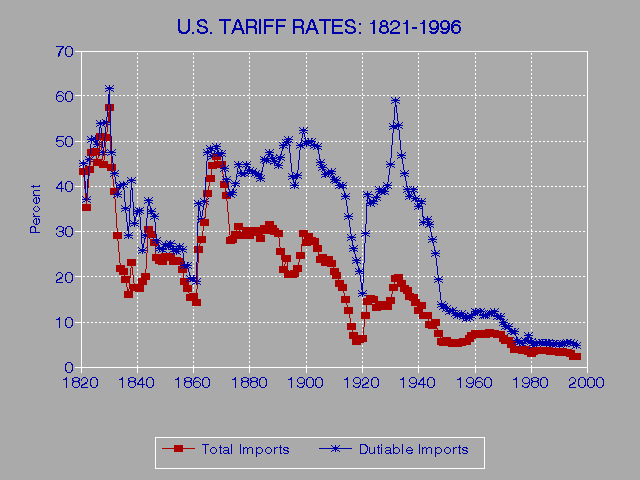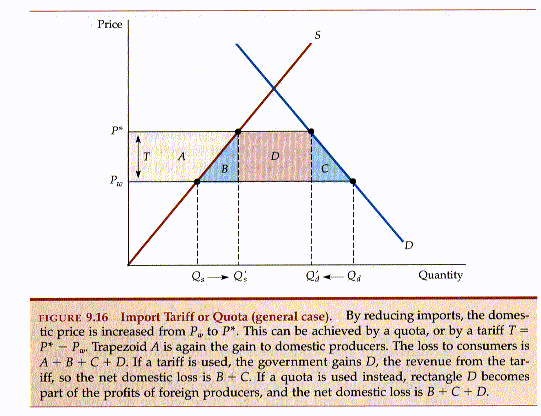These are fun.
"They never 'go bad.' They start that way." -Mom, talking about springerle cookies.
"Life's about doing things both unwise and exciting ... making a child just to watch it run." - Gina
"Yes, Fiats are just like women. They look great from a distance, but just wait until you are married to one..." - Marc
“Remember to look up at the stars not down at your feet. Try to make sense of what you see and what makes the universe exist. And however difficult life may seem, there is always something you can do, and succeed at. It matters that you just don’t give up.” Stephen Hawking. RIP 3/14/18
"Tide comes in, tide goes out: I can explain that." -Neil deGrasse Tyson, smirking.
"You dance in my heart where noone sees you, but sometimes I do, and that sight becomes this art." ~Rumi (
music)
"'Quaternion' was, I think, defined by an American schoolgirl to be 'an ancient religious ceremony.' This was, however, a complete mistake. The ancients - unlike Professor Tait - knew not , and did not worship, quaternions. The quaternion and its laws were discovered by that extraordinary genius Sir William Rowan Hamilton. A quaternion is neither a scalar, nor a vector, but a sort of combination of both. It has no physical representatives, but is a highly abstract mathematical concept..." - English physicist Sir Oliver Heaviside
"Things came to a head - shoes were thrown. I had to move." - g
"Horn broken: please watch for finger." - awesome bumper sticker.
"Don't ask whether there really are "imaginary" numbers, but instead, consider whether real numbers may actaully be, ...imaginary." ~ that's me, channeling the spoon boy. Also, "There is
no mogul."
"If the glove does not fit, you must acquit." Wizard Johnnie Cochran, demonstrating that we are automata, manipulable through namb-shub.
"7:00's not a Time. Just say that out loud. See how crazy?" - Miles
"Ranchers clear up the Amazon Rain forests trees to have enough space to race there cattle." -Anon.
The conservatism of a religion - it's orthodoxy - is the inert coagulum of a once highly reactive sap. -Eric Hoffer.
"Or Kevin's proof of (the) perfect girlfriend. She must exist, otherwise she wouldn't perfect. Also, she must be my girlfriend, otherwise she wouldn't be perfect. Oddly enough, I'm married to my perfect girlfriend, so clearly the logic works." -Kevin
"if you want to make an apple pie from scratch, you must first invent the universe!" - Carl Sagan
"Obnoxious in victory, bitter in defeat!" ...Pete Mohler (humorously)
"Ready, shoot.... aim!" ...me
Betting against Stephen Hawking "...is like criticizing the Princess Diana" - Peter Higgs, lamenting the lose lose proposition of standing up to Hawking's prediction that the Higgs boson would not be found. (The Higgs has been found.)
"I learned long ago, never to wrestle with a pig. You get dirty, and besides, the pig likes it." -Anon?
"First Turtle" Short abbreviation for the God as first mover argument. - by me!
"Well, then why can't HE talk?" -John Sabol with the ultimate comeback to the ultimate stupidity on my part.
"You just have to dig through the topsoil to get to anything worthwhile, your brain doesn't keep the good stuff on top." -Emilie
Here below is a lesser category: from literature, movies, what have you. Since these quotes are fabricated, they are calculated instead of extemporaneous, but still excellent. Here are some
more book quotes from my friends.
" Now and then goldfish splish and gleam, like new pennies dropped in water." David Mitchell
"A rocker rose like Poseidon and flexed his knuckles." -Cloud Atlas I laughed for hours, till I cried. The quote can't stand on its own, obviously, but this will serve as a happy reminder to those who've read it.
From the Baroque Cycle...
"He's rich," Jack muttered to Eliza...."
"Yes—the clothes, the coins ..."
"All fakeable."
"How do you know him to be rich, then?"
"In the wilderness, only the most terrible beasts of prey cavort and gambol. Deer and rabbits play no games." - 'Halfcocked' Jack Shaftoe
Italo Calvino's
From If on a Winter's Night, a Traveler... “He was staring hard, not at his wife and me but at his daughter watching us. In his cold pupil, in the firm twist of his lips, was reflected Madame Miyagi's orgasm reflected in her daughter's gaze.”
(Now, gentle reader, you must understand that this is equal parts erotica and joke. Maybe more joke: picture the impossible billiards shot that's going on here, how tiny the reflections would be (which he means literally to be implying, trust me). This is the solitary moment of brilliance in an acclaimed but IMO only cute/tricky, not actually good, book.
[To all of them, (our competitors)] we're either nonsense or doom. -Elon Musk
The Lausanne conference, in view of its origins, was
bound, to turn into a kind of contest between the great
powers as to which could be sweetest to the once unspeak-
able Turk. Naturally this had to be so, since Kemal was
ready to fight and nobody else was. The British and
French, those loyal allies, lost no opportunity of intriguing
against each other for Turkish favour, and it amused all
beholders to see how, week after week, the British man-
oeuvred the French out of their initial position of advan-
tage, cozened and flattered and edulcorated the Turks, so
that when the conference ended Britain was Turkey’s friend
and France was only a grudging, half-hearted acquaintance.




















